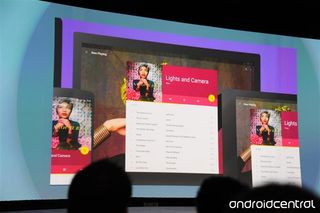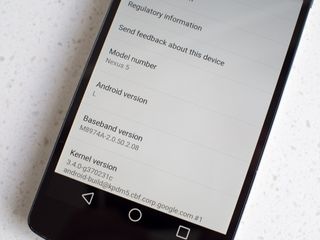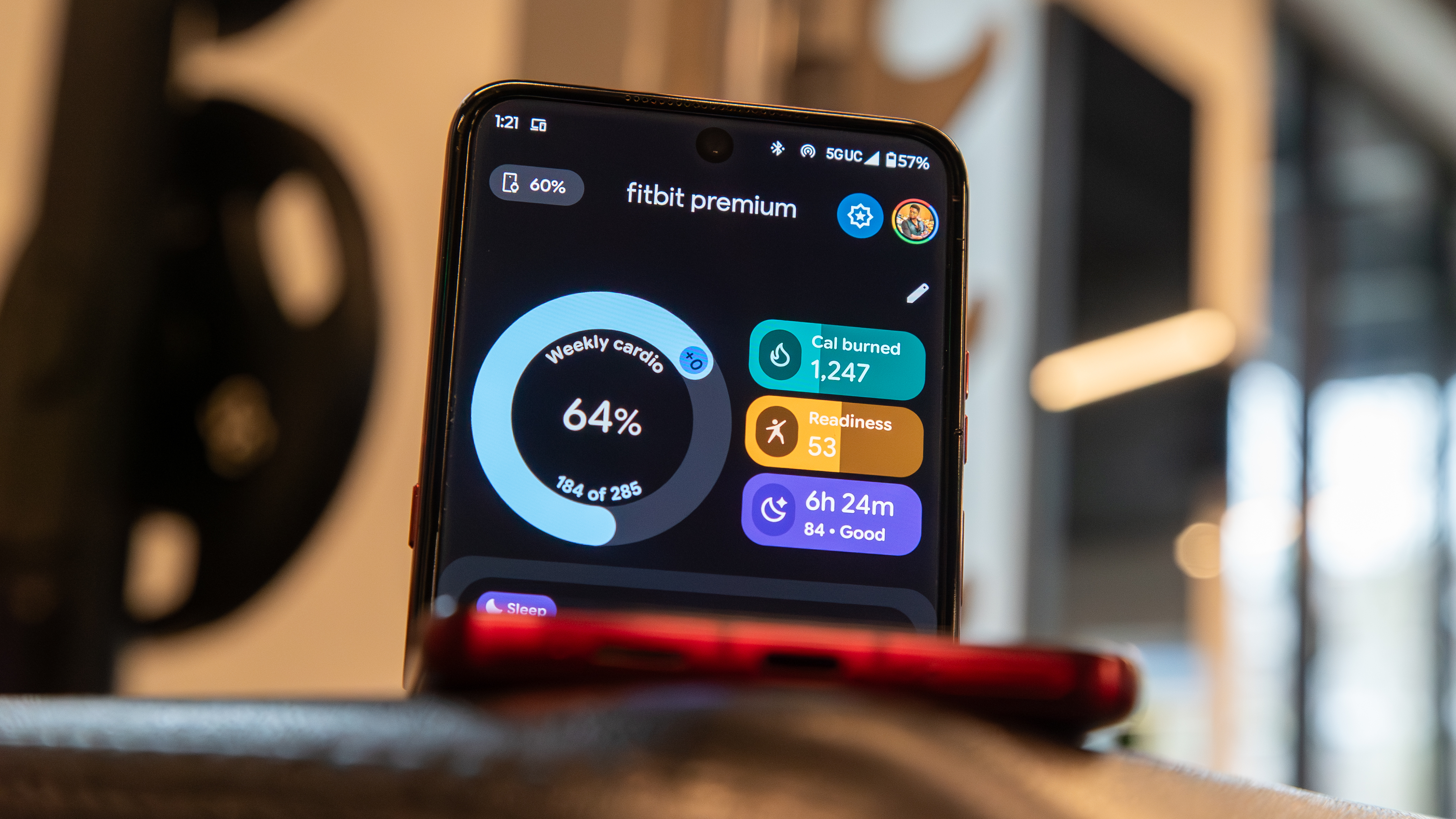Lollipop, Android 5.0 5.1
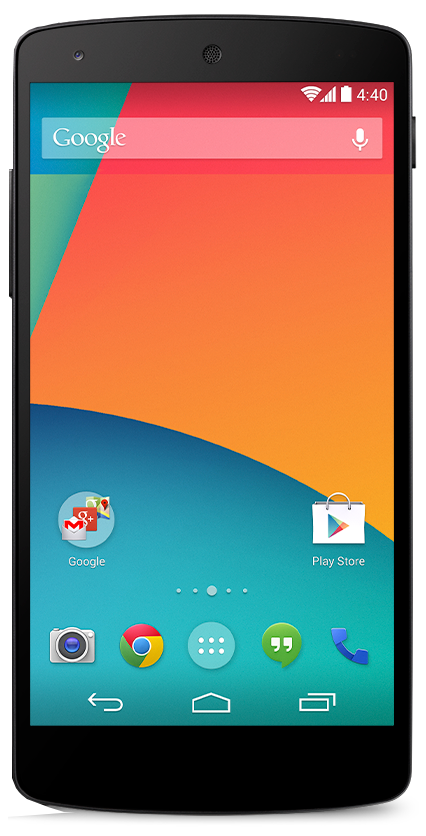
Breaking out of the mold from previous releases, Google took to the stage during its 2014 Google I/O developer conference to announce a new version of Android, dubbed simply "Android L." In October the name was finally released as "Lollipop" and given the distinction of Android 5.0. The name comes from the Android naming convention that goes in alphabetical order, where L would follow the previous release, KitKat. The difference this time around being that Google released certain parts of the OS ahead of time under the "Android L" name to get it in developers' hands, and released the naming later.
Android 5.0 Lollipop comes with yet another interface design tweak, this time coming with the name "Material Design." The design language builds heavily on some of the interface experimentation Google has done with Google Now, leveraging the "card" metaphor throughout the Lollipop interface. Cards of various colors and sizes appear throughout the system, with different colors and shadows providing a feeling of depth in the interface. Apps can respond to touch with different shadows and ripple effects to make the interface feel as though it is being manipulated directly by users, and bold new colors palettes give apps distinctive personalities. Animations are supposed to reflect user interaction, not just happen at random.
Under the hood in Lollipop are dozens of new features and over 5000 new APIs that developers can plug into as well, as part of Android API level 21. Things like new notification hooks to work with Android Wear, better control over battery with Project Volta and cross-platform compatibility with Chrome OS devices are huge pillars of Android Lollipop.
The first builds of Android L were distributed to developers at Google I/O 2014 with factory images made available for both the Nexus 5 and Nexus 7, and then launched officially with the release of the Nexus 6 phone and Nexus 9 tablet in the beginning of November, 2014.
In March 2015 Google unveiled Android 5.1, an updated version of Lollipop. Android 5.1 includes performance and stability updates, multiple SIM card support, HD voice calling and "Device Protection," which secures lost or stolen devices against factory resets. Android 5.1 also brings the platform up to API level 22, including new APIs to let developers work with dual-SIM devices, and APIs to let carriers control provisioning and other cellular services through apps on Google Play.
Latest about Lollipop

Google officially suspends support for Android Lollipop after a decade
By Vishnu Sarangapurkar published
Bye Bye Lollipop After axing Android KitKat last year, Google will discontinue the Lollipop operating system this year.

After 7 years of support, this Android phone just received its final update
By Vishnu Sarangapurkar published
Since the sustainable devices-making company has pulled the plug on Fairphone 2, now might be the time to recycle the device.

A look at the new Android 5.0 Lollipop quick-settings panel
By Jerry Hildenbrand last updated

Android 5.0 Lollipop bugs got you down? Here's how you (might be able to) fix them
By Jerry Hildenbrand last updated

This is the new automatic setup assistant in Android 5.0 Lollipop
By Andrew Martonik last updated

Nexus 6 ROM port gives a closer look at Lollipop features and apps
By Alex Dobie last updated

Android 5.1's 'Google VPN' could protect your data on open Wifi networks
By Alex Dobie last updated

Google's updated calendar app is a gorgeous addition to Android 5.0 Lollipop
By Phil Nickinson last updated
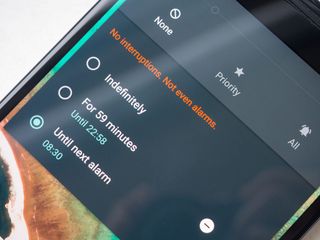
Android 5.1: Muting your Lollipop phone overnight just got a bit easier
By Alex Dobie last updated

Android 5.1 gets an official announcement with updates rolling out soon
By Russell Holly last updated

The Nexus 9 is finally a tablet you should buy
By Phil Nickinson last updated
More than eight months after we first got our hands on the HTC-manufactured Nexus 9 tablet, we're finally ready to officially recommend it as an Android tablet that's worth buying.

Android 5.0 Lollipop Nexus factory images are live — here's how to update!
By Alex Dobie last updated
Get the latest news from Android Central, your trusted companion in the world of Android


